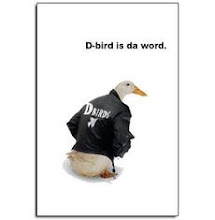Courtesy of Chicken Spaghetti, a link to a fascinating article from the New Yorker about the beginnings of public libraries for children in the US, and the intertwining of the careers of Anne Carroll Moore, librarian for children, and E.B. White, author.
Imagine this world, given our thinking today:
Between 1881 and 1917, Andrew Carnegie underwrote the construction of more than sixteen hundred public libraries in the United States, buildings from which children were routinely turned away, because they needed to be protected from morally corrupting books, especially novels. In 1894, at the annual meeting of the American Library Association, the Milwaukee Public Library’s Lutie Stearns read a “Report on the Reading of the Young.” What if libraries were to set aside special books for children, Stearns wondered, shelved in separate rooms for children, staffed by librarians who actually liked children?
In 1896, Anne Carroll Moore was given the task of running just such an experiment, the Children’s Library of the Pratt Institute, in Brooklyn, built at a time when the Brooklyn schools had a policy that “children below the third grade do not read well enough to profit from the use of library books.” ...
In each of the library’s branches, Moore abolished age restrictions. Down came the “Silence” signs, up went framed prints of the work of children’s-book illustrators. “Do not expect or demand perfect quiet,” she instructed her staff. “The education of children begins at the open shelves.”
Today, children’s book publishing—an industry richly described in Leonard S. Marcus’s excellent new book, “Minders of Make-Believe”—is one of the most profitable parts of the book business. But that industry exists only because, in much the same way that the nineteenth-century middle class invented childhood as we know it, early-twentieth-century writers, illustrators, editors, and publishers—and, most of all, Anne Carroll Moore—invented children’s literature.
Subscribe to:
Post Comments (Atom)






















No comments:
Post a Comment